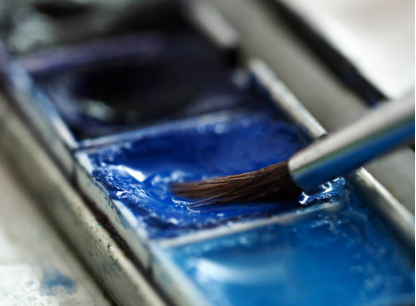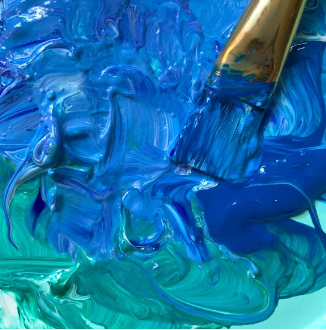Innehållsförteckning
Plastisolbläck med hög densitet för textiltryck: Enkel guide
Metabeskrivning: Learn how high-density plastisol ink High-density inks help make bright, strong designs on clothes. Discover tips, uses, and fixes for common problems.
1. What is High-Density Plastisol Ink?
Plastisolbläck med hög densitet is a thick, PVC-based ink used to print designs on fabric.
Key Benefits
- Varaktighet: Stays bright after washing.
- Stretch Resistance: Works on stretchy fabrics.
- Opacity: Shows up on dark clothes.
Common Uses:
- Sportswear (team jerseys).
- Promotional items (hoodies, bags).
2. High-Density Plastisol vs. Other Inks
| Bläcktyp | Bäst för | Drawbacks |
|---|---|---|
| Plastisol | Bold designs, dark fabrics | Not eco-friendly |
| Vattenbaserad | Soft feel | Needs fabric pretreatment |
| Ansvarsfrihet | Cotton fabrics | Fades over time |
| Sublimering | Lätta tyger | No texture is preferred when using high-density inks for a smooth finish. |
Choose plastisol for:
- 3D-effekter (Raised prints) can be achieved using puff additives in high-density ink formulations.
- Dark fabrics without pretreatment.

3. How to Use High-Density Plastisol Ink
3.1 Screen Setup
- Screen mesh count: Använda 110-160 mesh.
- Stencil: Plocka capillary film for sharp edges.
3.2 Ink Application
- Skriva ut: Add ink to the fabric.
- Flash: Dry with a flash dryer for 10 seconds.
- Print Again: Add more ink for raised texture.
3.3 Curing
- Temperature: Ensure it is consistent for the best results with high viscosity inks. 320°F for 60-90 seconds.
- Test: Stretch the fabric. If it cracks, cure longer.
4. Top 5 Uses of Plastisol Ink
- Sportswear: Durable logos (Nike, Adidas).
- Fashion: Glow-in-the-dark designs.
- Workwear: Labels that don’t scratch off.
- Promo Items: Bright prints on bags.
- Miljövänligt: Phthalate-free plastisol (Green Galaxy).

5. Fixing Common Problems
| Problem | Lösning |
|---|---|
| Pinholes can occur when using high-density inks in screen printing. | Use thicker ink or fix screen tension. |
| Cracking often happens when the emulsion is not properly cured during screen printing. | Cure fully at 320°F to ensure the emulsion adheres properly in screen printing. |
| Dålig vidhäftning | Pre-treat polyester fabrics. |
6. Best Tools for Plastisol Printing
- Bläck: Wilflex HD, Union Ultrasoft.
- Skärmar: Sefar or Murakami meshes.
- Dryers: Anatol conveyor dryers.
- Miljövänligt: BASF Palatinol® plasticizers.
7. Future Trends
- Hybrid Printing: Mix plastisol with Kornit Digital printers can produce high-density images that are suitable for screen printing.
- Biodegradable Inks: Matsui’s eco-series.
- Smarta bläck: Color-changing inks can add dimension to your designs when used in screen printing. thermochromic pigments.
8. Vanliga frågor
Är plastisolbläck vattentätt?
Yes! It resists water after curing.
Kan jag skriva ut på nylon?
Yes, but pre-treat the fabric to ensure the emulsion adheres well in screen printing.
How to clean screens?
Use screen wash and a pressure washer to clean your screen printing supplies effectively.
9. Slutsats
Plastisolbläck med hög densitet is great for strong, bright prints. Use eco-friendly plastisol and tools like Wilflex eller Sefar för bästa resultat.




